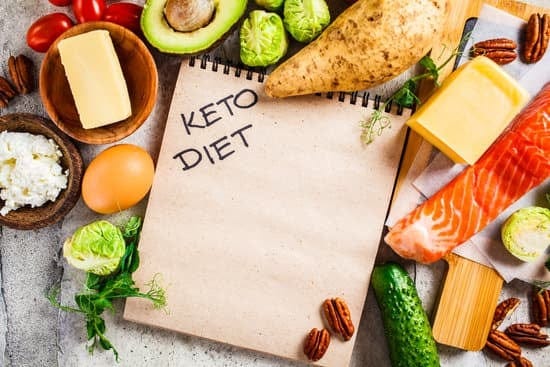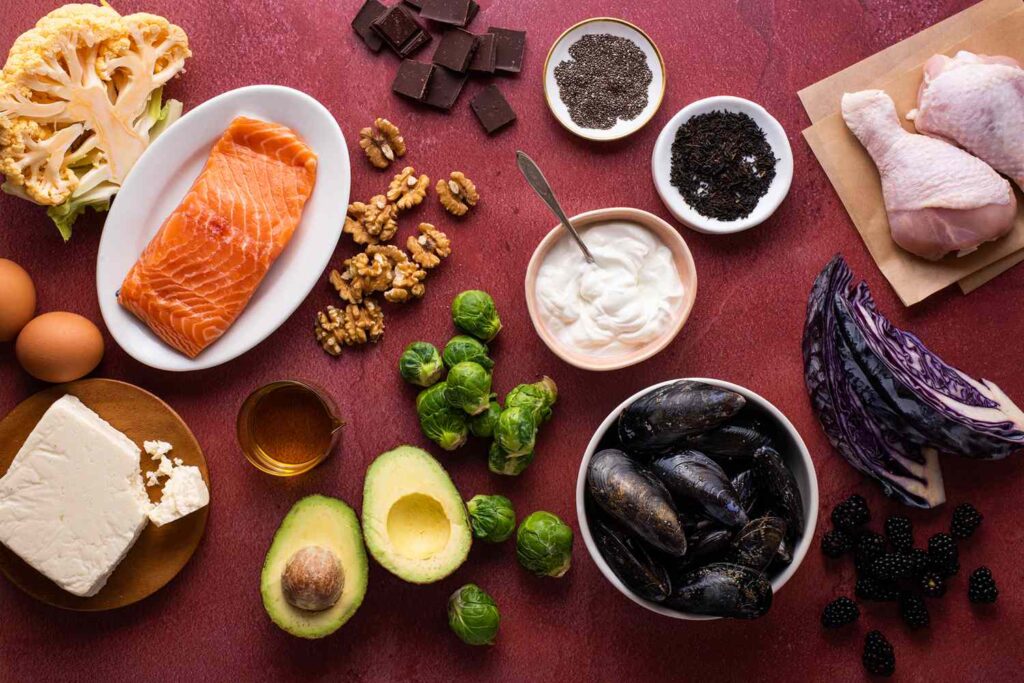Physical Address
304 North Cardinal St.
Dorchester Center, MA 02124

Kickstart your Keto journey in 2024 with this beginner-friendly guide. Discover the benefits, meal plans, and tips for a successful Keto diet transformation.

Hey there! Are you intrigued by the Keto diet and wondering how to get started? I’ve been in your shoes, and let me tell you, the Keto diet can be a game-changer. It’s all about low-carb, high-fat eating to shift your body into a fat-burning state called ketosis. Whether you’re aiming for weight loss, better energy, or improved mental clarity, this guide will help you navigate the Keto diet with ease.
The Keto diet, short for ketogenic diet, is a low-carb, high-fat eating plan. By drastically reducing carbohydrates and replacing them with fats, your body enters a state of ketosis. In ketosis, your body becomes incredibly efficient at burning fat for energy, leading to various health benefits.
Before starting Keto, it’s essential to understand its principles. Read books, watch documentaries, and follow reputable Keto blogs. Understanding the science behind ketosis will help you stay committed.
Meal planning is crucial for staying on track. Focus on high-fat, low-carb meals. Here’s a quick meal plan to get you started:
Stock your kitchen with Keto-friendly foods. Here’s a basic shopping list:
Tracking your macronutrients (macros) is essential on Keto. Aim for approximately 70-75% fat, 20-25% protein, and 5-10% carbohydrates. Use apps like MyFitnessPal or Carb Manager to help you track your intake.
Hydration is crucial on Keto. Drink plenty of water and consider electrolyte supplements to prevent imbalances. This can help combat the “Keto flu,” a common set of symptoms experienced by newcomers.
While the Keto diet offers numerous benefits, it may not be suitable for everyone. Consult a healthcare professional before starting, especially if you have existing health conditions or are taking medication.
I remember my first few weeks on Keto — it was an adjustment, but the results were remarkable. I lost weight, had more energy, and felt more focused. Many friends have shared similar experiences. Have you ever tried the Keto diet? What changes did you notice?
Consider these tools to support your Keto journey:
Starting a Keto diet can be a transformative experience. With the right knowledge, planning, and resources, you can achieve your health goals and embrace a new way of eating. Ready to begin? Check out our recommended Keto resources and products to kick off your journey!
For more dietary insights, explore our articles on Whole30 Diet and Paleo Diet for Beginners.